嵌入式操作系统 内存管理机制及改进
摘要在以计算机技术、通讯技术相结合的信息时代的快速发展和互联网的广泛应用的形势下,随着后PC时代的到来,3C(Computer、Communication、Consumer)合一的趋势已经形成。在自动控制领域内,嵌入式软件必然成为重要成员,嵌入式操作系统也将成为软件业的热点。嵌入式操作系统是嵌入式系统发展到一定阶段的产物,是为了满足日益复杂的嵌入式系统设计的要求而产生的。随着微处理器功能的不断提升,嵌入式操作系统的应用范围也变得越来越强大。对基于特定嵌入式操作系统上的软件设计研究已成为了近年来的热点,并且对于嵌入式操作系统在实际工程中的推广应用有着重要的意义。本文首先介绍了嵌入式操作系统的产生...
相关推荐
-
我国基层财政困难的制度成因分析与对策研究VIP免费
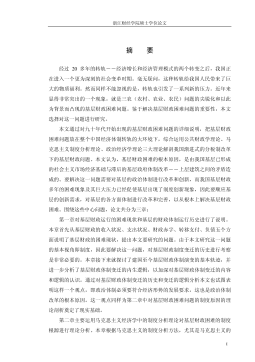
 2024-09-20 33
2024-09-20 33 -
我国煤电产业链纵向交易合约机制研究VIP免费
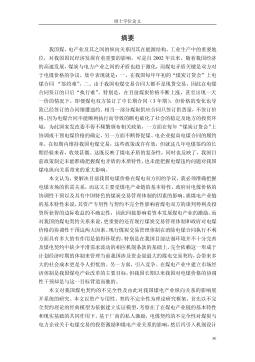
 2024-09-20 28
2024-09-20 28 -
生产要素视角下的上海市产业结构优化研究VIP免费
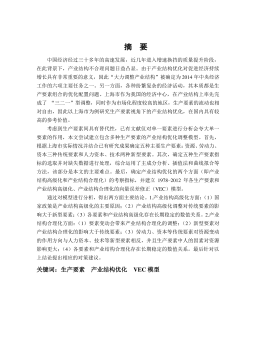
 2025-01-09 7
2025-01-09 7 -
我国银行业结构与经济结构关系研究VIP免费
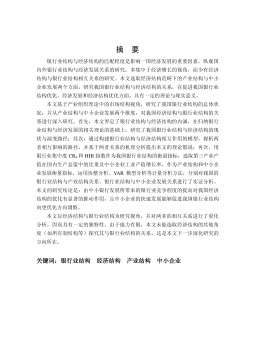
 2025-01-09 7
2025-01-09 7 -
大数据视角下农业供应链金融研究VIP免费

 2025-01-09 6
2025-01-09 6 -
跨国大型综合超市的规划研究VIP免费
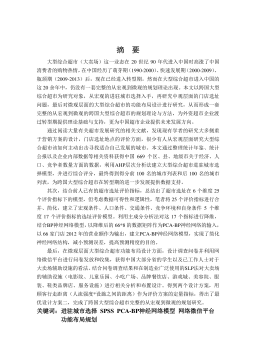
 2025-01-09 6
2025-01-09 6 -
跨境电商农产品质量安全问题研究VIP免费

 2025-01-09 7
2025-01-09 7 -
世界市场的虚拟化与我国国际电子商务发展方向研究VIP免费
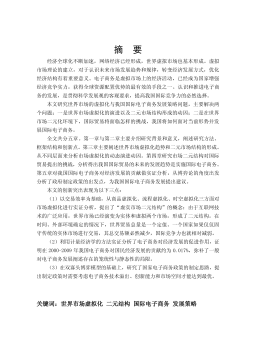
 2025-01-09 9
2025-01-09 9 -
中国政府对电力行业的价格规制问题研究VIP免费

 2025-01-09 14
2025-01-09 14 -
中小企业信息化系统集成技术研究VIP免费

 2025-01-09 14
2025-01-09 14
相关内容
-

跨国大型综合超市的规划研究
分类:高等教育资料
时间:2025-01-09
标签:无
格式:PDF
价格:15 积分
-

跨境电商农产品质量安全问题研究
分类:高等教育资料
时间:2025-01-09
标签:无
格式:PDF
价格:15 积分
-

世界市场的虚拟化与我国国际电子商务发展方向研究
分类:高等教育资料
时间:2025-01-09
标签:无
格式:PDF
价格:15 积分
-

中国政府对电力行业的价格规制问题研究
分类:高等教育资料
时间:2025-01-09
标签:无
格式:PDF
价格:15 积分
-

中小企业信息化系统集成技术研究
分类:高等教育资料
时间:2025-01-09
标签:无
格式:PDF
价格:15 积分





